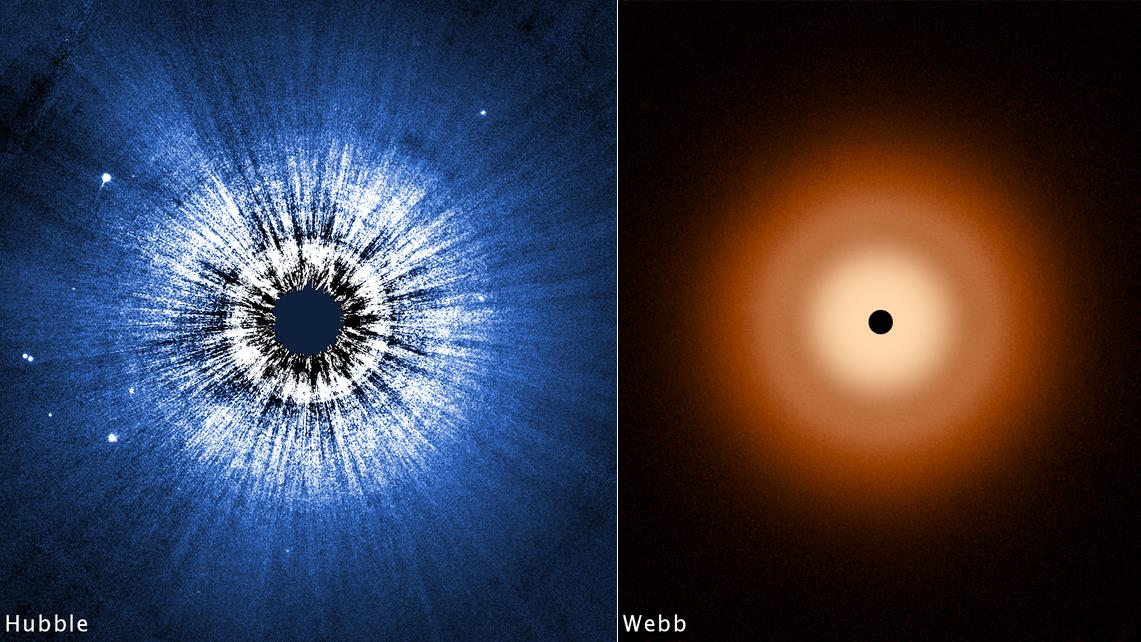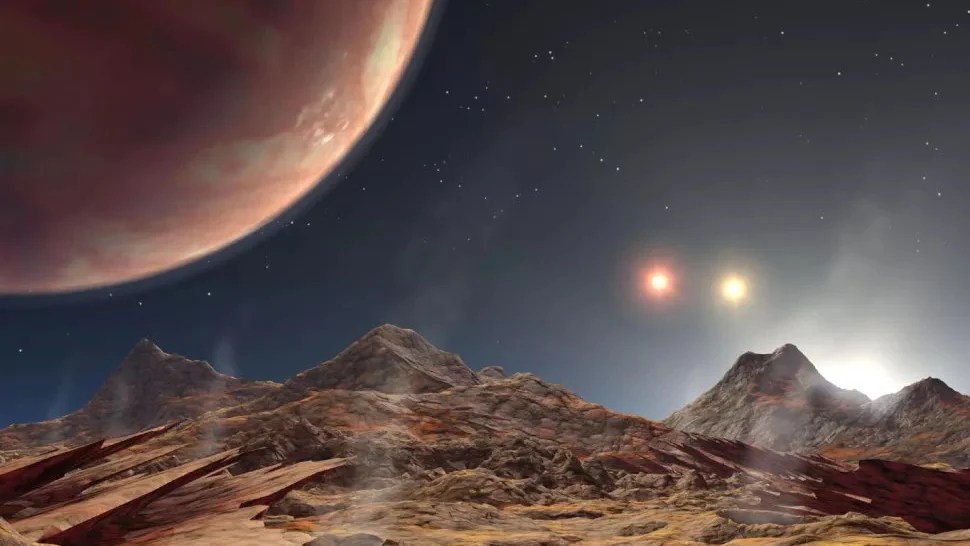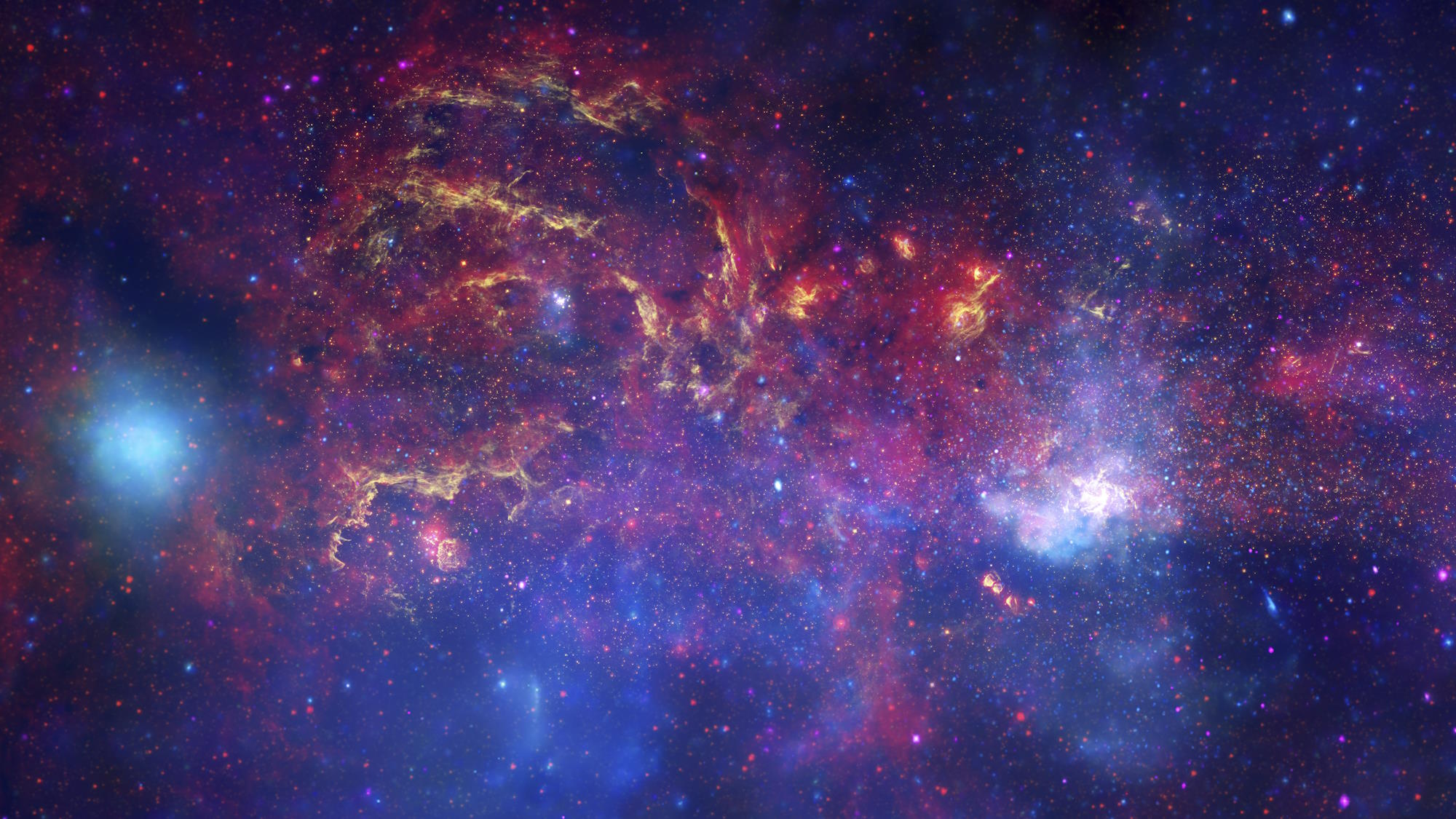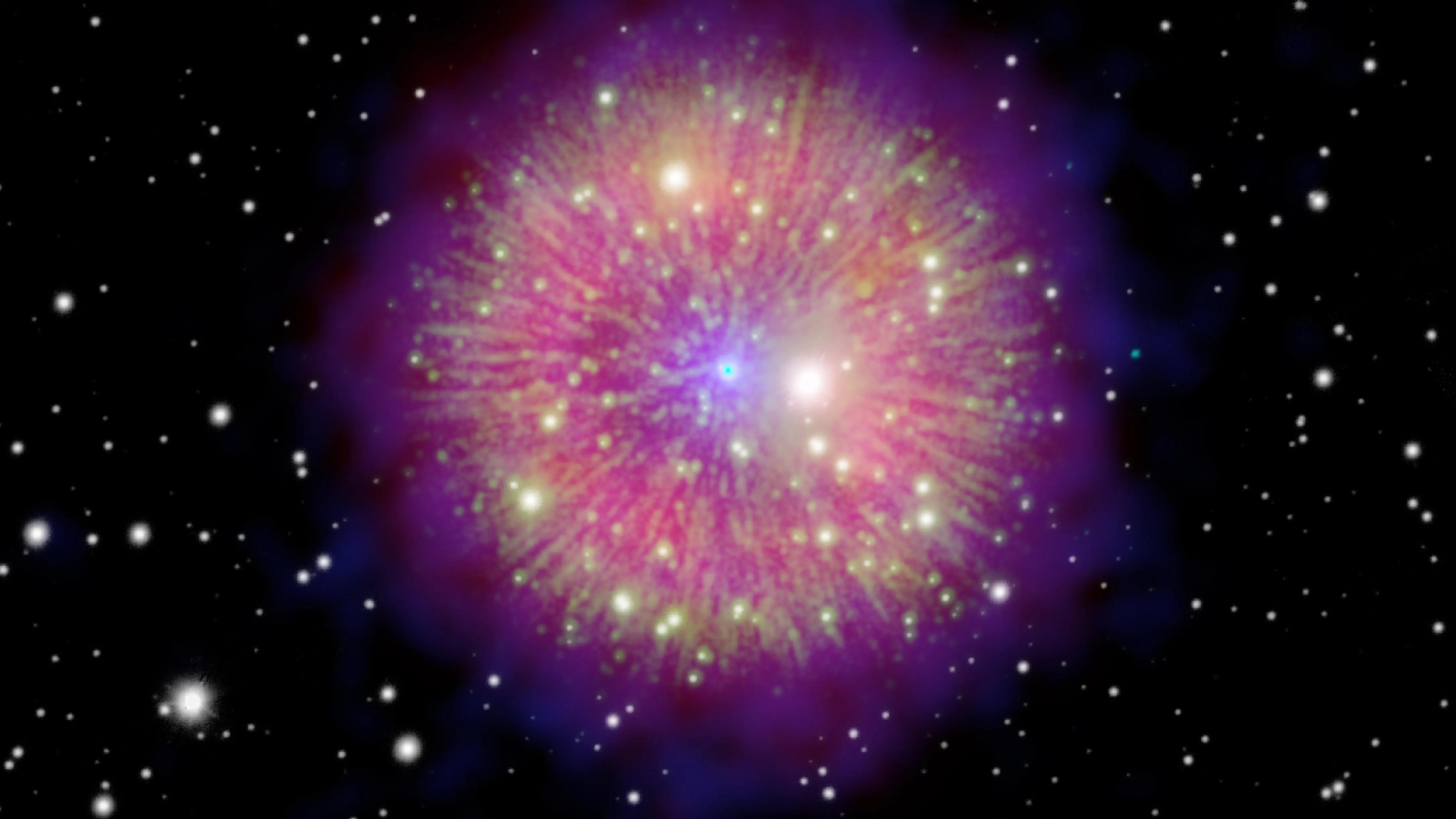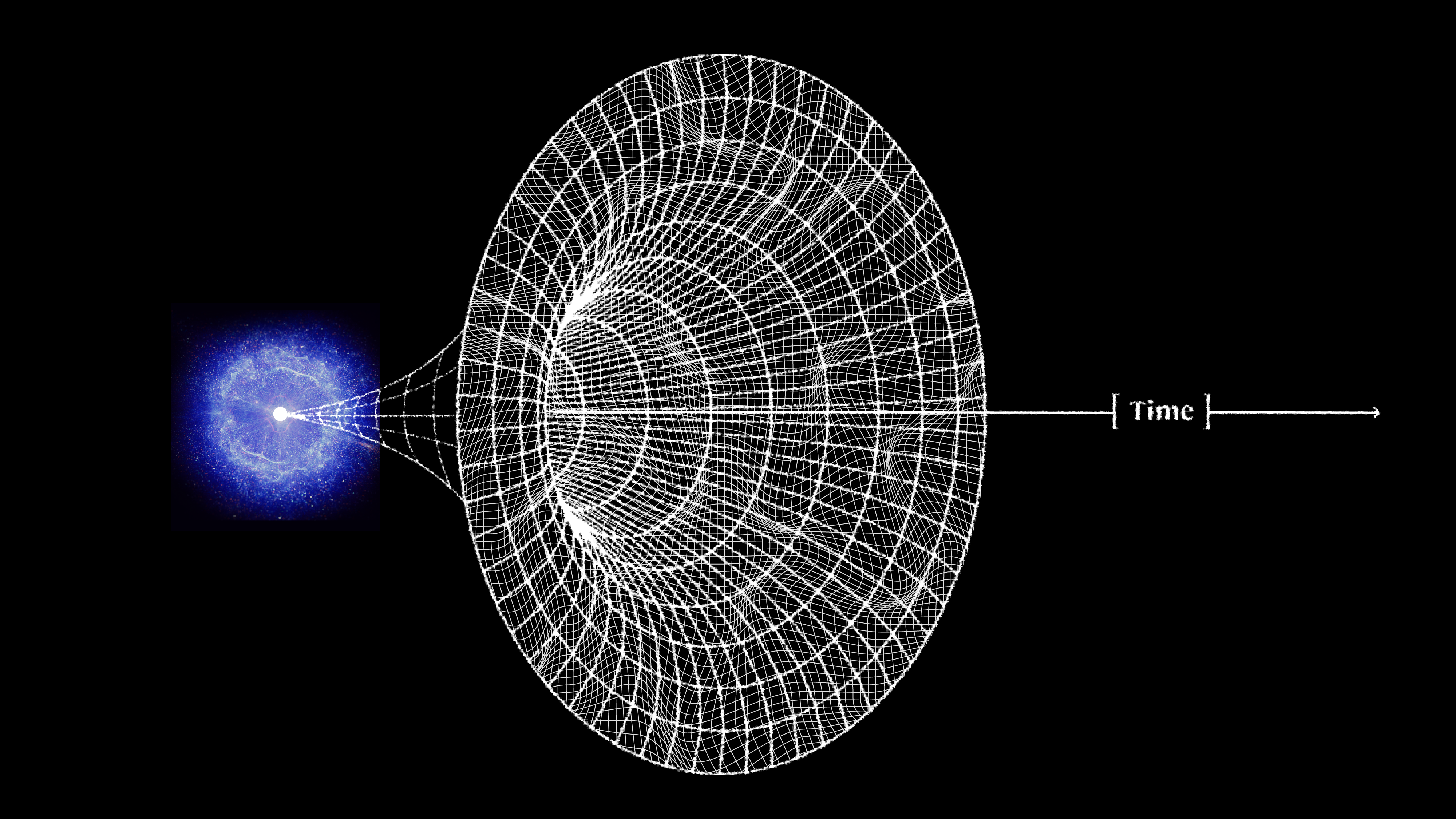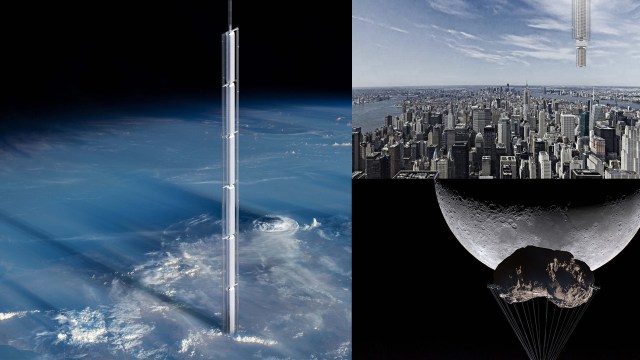What will happen when Betelgeuse explodes?
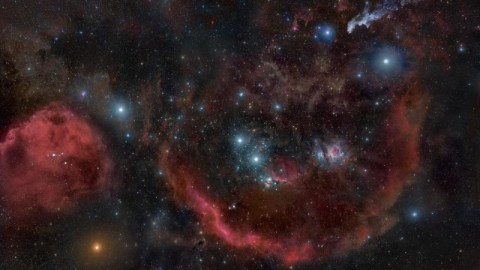
It might be the nearest supernova humanity will ever see. What will happen when it goes off?
“Without these supernova explosions, there are no mist-covered swamps, computer chips, trilobites, Mozart or the tears of a little girl. Without exploding stars, perhaps there could be a heaven, but there is certainly no Earth.” –Clifford A. Pickover
Every star will someday run out of fuel in its core, bringing an end to its run as natural source of nuclear fusion in the Universe. While stars like our Sun will fuse hydrogen into helium and then — swelling into a red giant — helium into carbon, there are other, more massive stars which can achieve hot enough temperatures to further fuse carbon into even heavier elements. Under those intense conditions, the star will swell into a red supergiant, destined for an eventual supernova after around 100,000 years or so. And the brightest red supergiant in our entire night sky? That’s Betelgeuse, which could go supernova at any time.
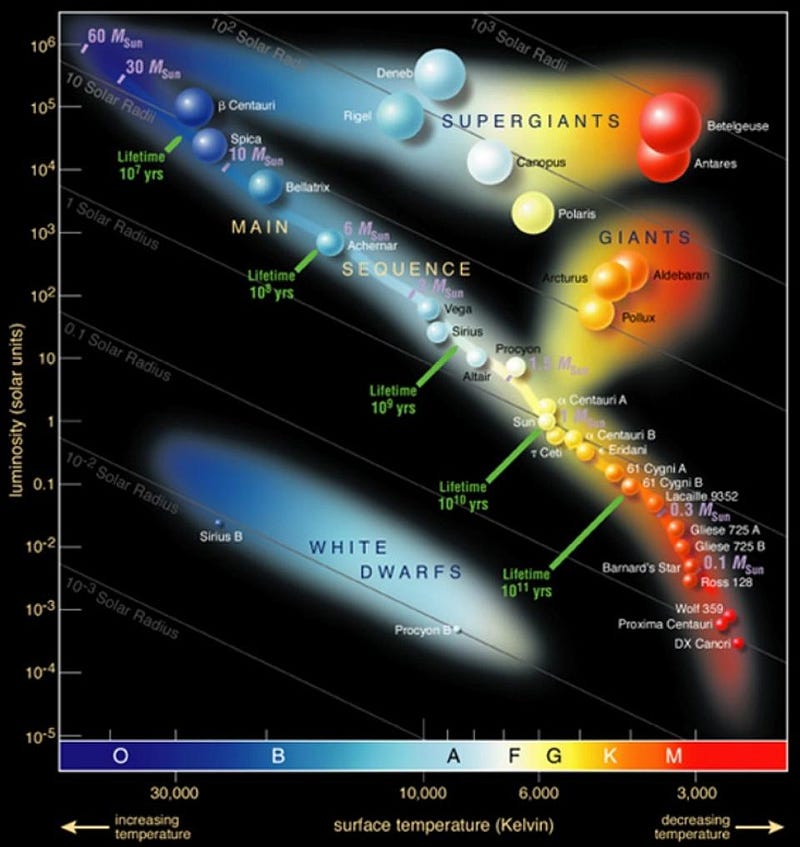
Honestly, at its distance of 640 light years from us, it could have gone supernova at any time from the 14th century onwards, and we still wouldn’t know. Betelgeuse is one of the ten brightest stars in the sky in visible light, but only 13% of its energy output is detectable to human eyes. If we could see the entire electromagnetic spectrum — including into the infrared — Betelgeuse would, from our perspective, outshine every other star in the Universe except our Sun.

It was the first star ever to be resolved as more than a point source. At 900 times the size of our Sun, it would engulf Mercury, Venus, Earth, Mars and even the asteroid belt if it were to replace our parent star. It’s a pulsating star, so its diameter changes with time.

In addition, it’s constantly losing mass, as the intense fusion reactions begin to expel the outermost, tenuously-held layers. Direct radio observations can actually detect this blown-off matter and have found that it extends to beyond the equivalent of Neptune’s orbit.

But when we study the night sky, we’re studying the past. We know that Betelgeuse, with an uncertain mass between about 12 and 20 times that of our Sun, was never destined to live very long: maybe around 10 million years only. The more massive a star is, the faster it burns through its fuel, and Betelgeuse is burning so very, very brightly: at around 100,000 times the luminosity of our Sun. It’s currently in the final stages of its life — as a red supergiant — meaning that when the innermost core begins fusing silicon and sulfur into iron, nickel and cobalt, the star itself will only have minutes left.
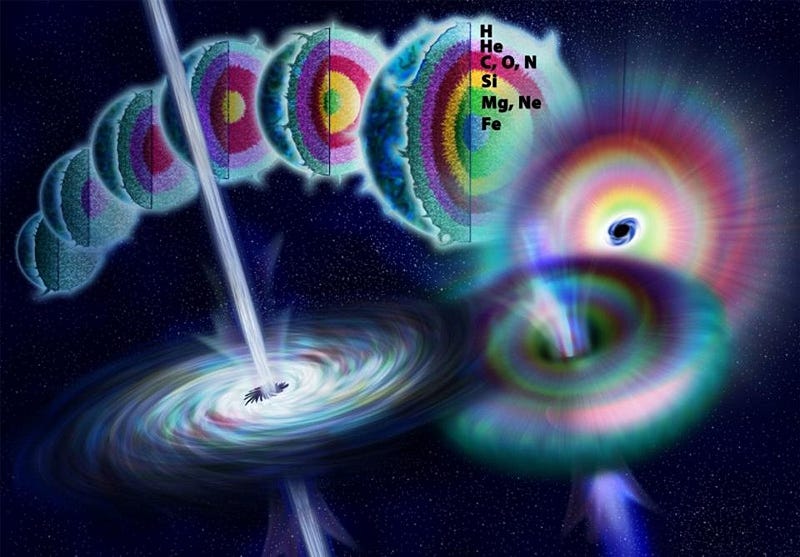
At those final moments, the core will be incredibly hot, yet iron, nickel and cobalt will be unable to fuse into anything heavier. It’s energetically unfavorable to do so, and so no new radiation will be produced in the innermost regions. Yet gravitation is still at play, trying to pull the star’s core in on itself. Without nuclear fusion to hold it up, the core has no other options, and begins to implode. The contraction causes it to heat up, become denser, and achieve pressures like it’s never seen before. And once a critical junction has passed, it happens: the atomic nuclei in the star’s core begin a runaway fusion reaction all at once.
This is what creates a Type II supernova: the core-collapse of an ultra-massive star. After a brief, initial flash, Betelgeuse will brighten tremendously over a period of weeks, rising to a maximum brightness that, intrinsically, will be billions of times as bright as the Sun. It will remain at maximum brightness for months, as radioactive cobalt and expanding gases cause a continuous bright emission of light.
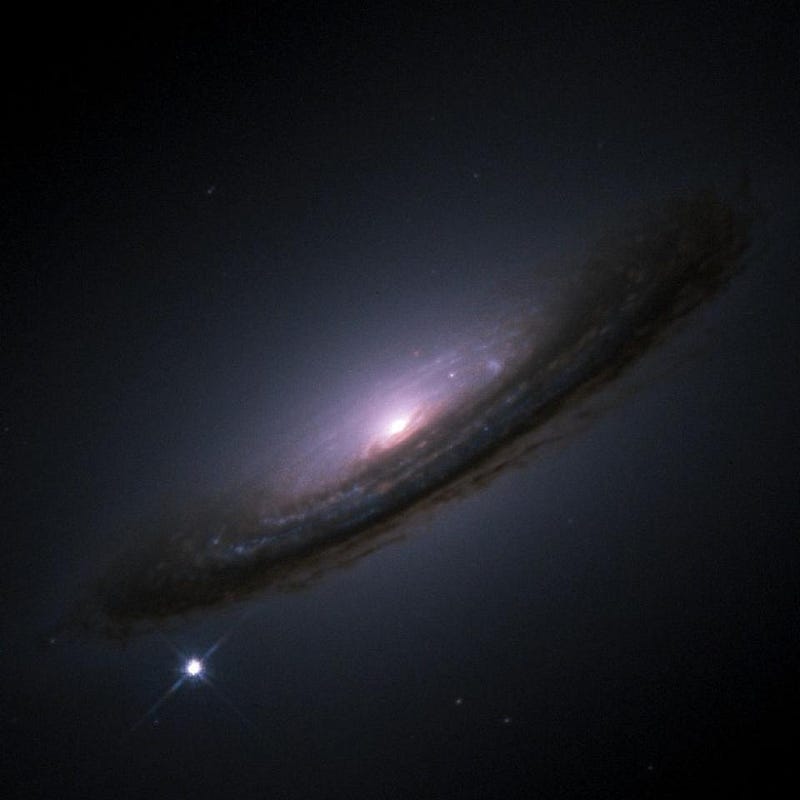
Supernovae have occurred in our Milky Way in the past: in 1604, 1572, 1054 and 1006, among others, with a number of them being so bright that they were visible during the day. But none of them were as close at Betelgeuse.
At only 600-or-so light years distant, Betelgeuse will be far closer than any supernova ever recorded by humanity. It’s fortunately still far away enough that it poses no danger to us. Our planet’s magnetic field will easily deflect any energetic particles that happen to come our way, and it’s distant enough that the high-energy radiation reaching us will be so low-density that it will have less of an impact on you than the banana you had at breakfast. But oh, will it ever appear bright.

Not only will Betelgeuse be visible during the day, but it will rival the Moon for the second-brightest object in the sky. Some models “only” have Betelgeuse getting as bright as a thick crescent moon, while others will see it rival the entire full moon. It will conceivably be the brightest object in the night sky for more than a year until it finally fades away to a dimmer state.
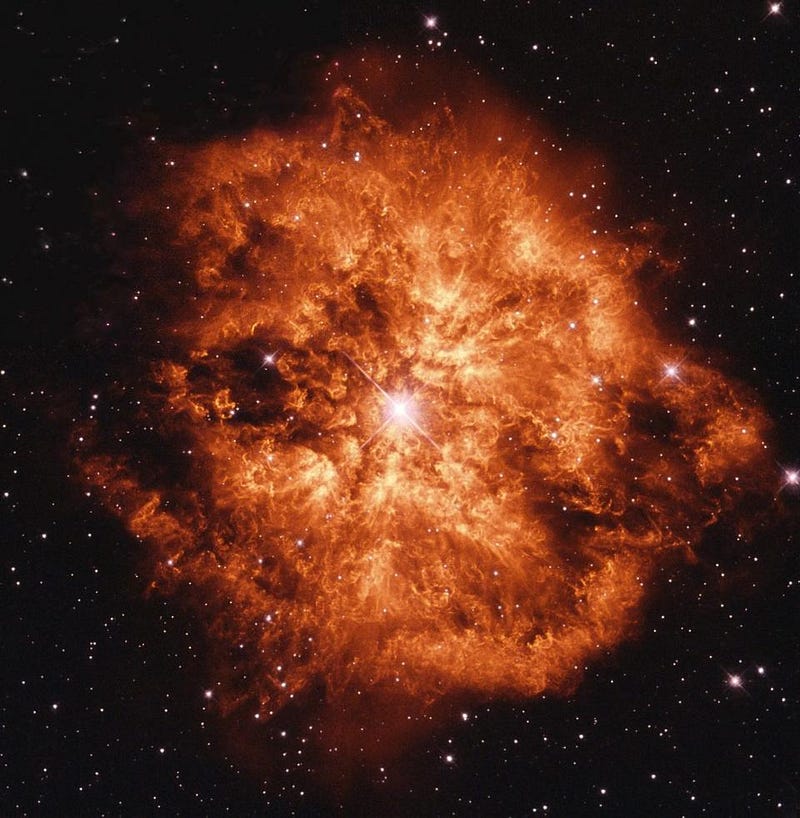
Unfortunately, the key question of “when” is not one we have an answer to; thousands of other stars in the Milky Way may go supernova before Betelgeuse does. Until we develop an ultra-powerful neutrino telescope to measure the energy spectrum of neutrinos being generated by (and hence, which elements are being fused inside) a star like Betelgeuse, hundreds of light years away, we won’t know how close it is to going supernova. It could have exploded already, with the light from the cataclysm already on its way towards us… or it could remain no different than it appears today for another hundred thousand years.
This post first appeared at Forbes, and is brought to you ad-free by our Patreon supporters. Comment on our forum, & buy our first book: Beyond The Galaxy!
